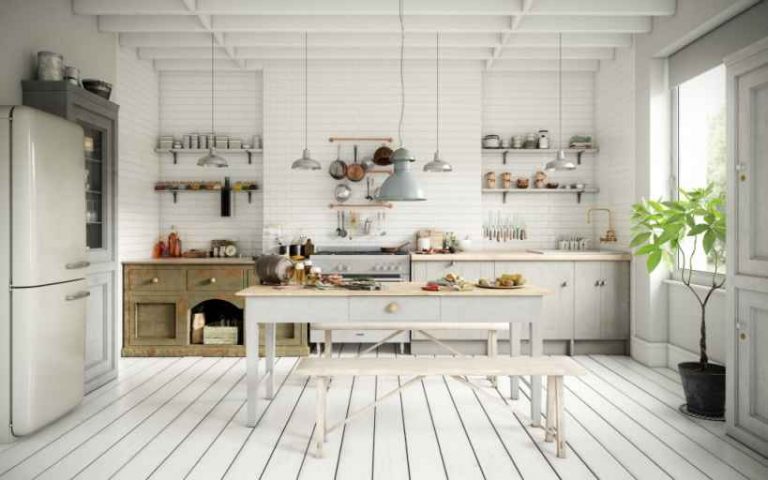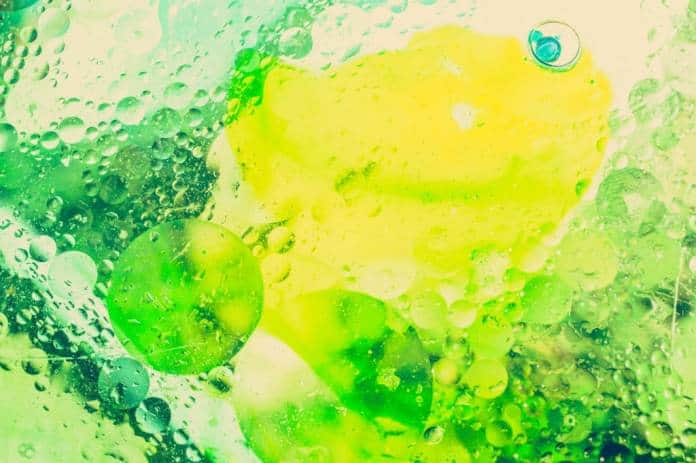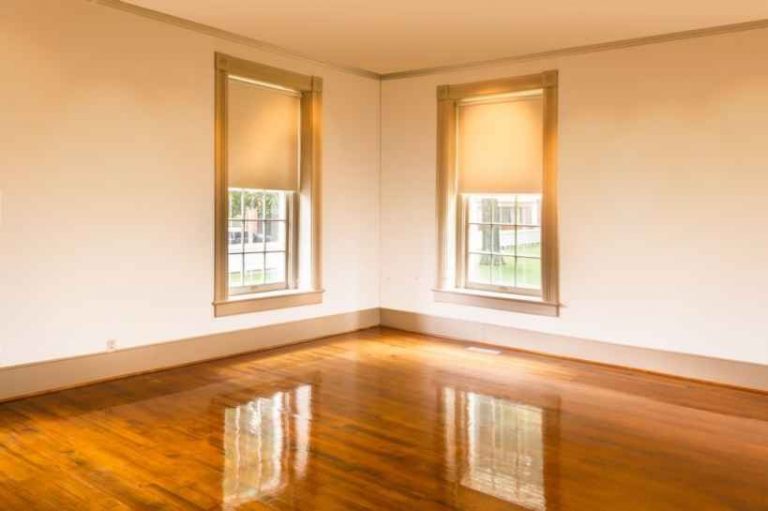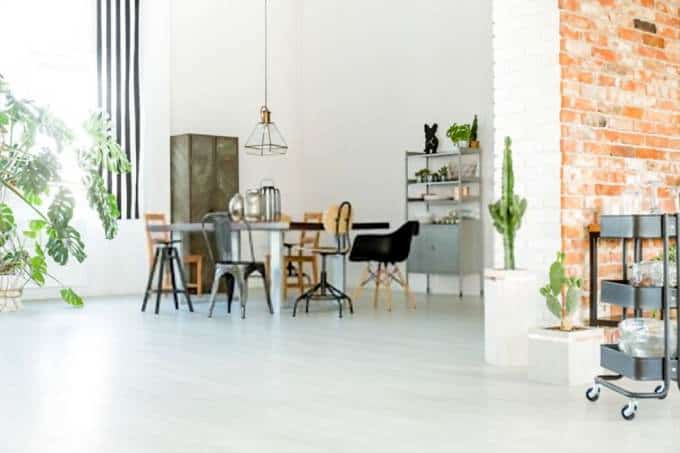One coat of paint, a second coat of the paint, and it still doesn’t seem to improve the painting on the surface? Well, the reason might be a missing layer of primer. You see, it doesn’t matter how many coats of paint you apply, the finishing of the surface will rarely look perfect if the surface hasn’t been prepared with primer first. Letting the primer sit on the surface might give the surface the beautiful look that you wanted. And you might also ask how long can primer sit before painting.
Three to four hours is the limit for the primer to sit in place. You should take some extra time too if you want the best adhesion and outcome for your painting.
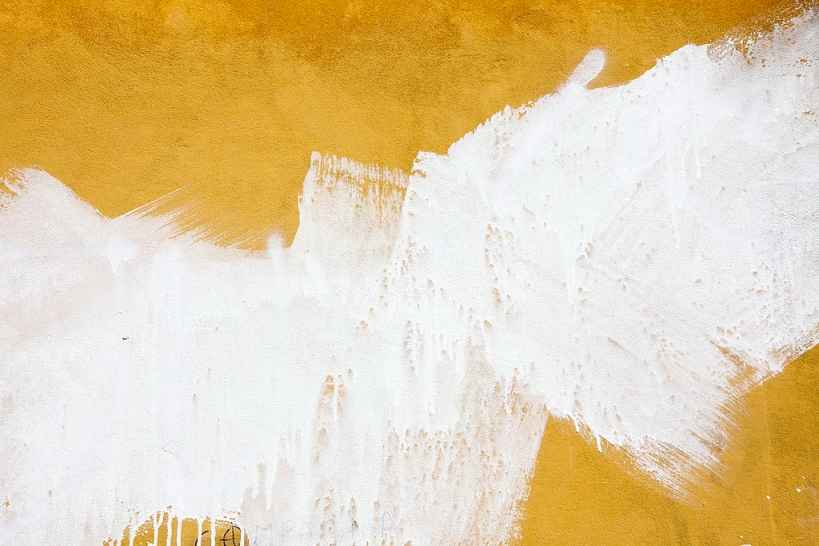
So, let’s see how we can help you today-
What’s a Primer Used For?
Primers are used mainly to support the paint. But there are some other extra features of the primer that’ll help you without even knowing it. Let’s see what those are-
Better Adhesion
Paints often don’t have better adhesion in most of the surfaces. And that can be quite messy in the future for your painted surface.
The primer increases the adhesion and keeps it on the surface for you. It’s designed for the adhesion of your paint and that is why it’s known as a paint product.
In the case of the aluminum primer, this adhesion is achieved by the chemistry between the paint and primer.
But most of the time it’s achieved through controlling the primer’s physical properties like porosity, tackiness, and hygroscopy.
Cover Water-Resistant Surfaces
There are surfaces that don’t react to the outside environment that great. Most likely the metal surfaces.
And in that case, a primer might be just the thing you’d want before painting that surface of yours.
You see, when you apply the primer it creat a layer on a surface that somewhat seal the surface from the outside environment.
If your material is not water-resistant and exposed, it can come in handy in that case. The layer of the primer will help with the paint and also take care of the surface from getting exposed.
Great Finishing
If you want a great finishing on the painted surface, a good primer should be your call.
You can tint some primers to match more closely with the color of the finishing paint.
Tinting the primer can reduce the number of layers of finishing paint that you need for a uniform painted surface. It can also hide joints for a finished look.
How Many Types Of Primer Are There?
There are three types of primers and they are unique in their own different ways. They each have its strengths, weaknesses and works best on certain surfaces.
So, we’ll share you in details about those three categories of primers-
Oil Based Primer
If you want to know that which primer has been in the industry for a longer time, it’ll be the oil based primer.
So, let’s see first if it’s suitable with your paint or not. Well, if you have oil paint and latex paints these primers, you can consider using an oil based primer.
We bet that you can’t really think of a surface that you can’t use the oil based primer on.
Wood, steel, surfaces with existing paint and everywhere. Almost every surface is an ideal surface for oil-based primers.
You’ll also find many oil based primers that are good stain killers. They often prevent stains from showing through your new coat of paint and also good for blocking them.
Oil based primers seal the porous surface of wood by enabling the coat of paint to better cover the surface. This makes it ideal for interior and exterior unfinished or bare woods.
Also there’s a certain stuff that’s released from woods, known as the tannis. Oil based primers stop it from bleeding through the surface to the paint.
And it’s quite normal for you to worry about paint peeling, cracking and blisters.
You don’t have to worry about it if you have the oil bases primer because they slow them down on your surface. So, you’re ensured the longevity of your paint.
However, if we talk about the drawbacks of the oil bases primers, they are often slow-drying and release high amounts of volatile organic compound.
Those can be harmful for you and difficulty in breathing.
You also need to use harsh thinners and solvents to clean the brushes and applicators. They might get hard to remove with time.
Also, they don’t perform so well on the masonry items so it’s better to keep it away from those items.
| Our Favorite Oil Based Primers |
| Rust-Oleum 3554 Oil Based Primer (Link from Amazon) |
Latex Based Primers
Looking for an ideal primers for unfinished drywall to painting? Well, this time the latex based primers might might just come in handy.
These primers are more flexible and fast drying which is good news for the drywall. Also, they are less brittle than oi based primers, making them less susceptible to peeling and cracking.
Latex based primers are also great if you want to prime soft wood, brick, concrete and galvanized metals.
You might be wondering why we’re considering it the ideal primer for the drywall.
Because they even out the surface of the wallboard, any joint compound that you apply to it and any areas that have been patched or repaired.
Also, if you have previous minor stains from smoke, lipstick, crayon or anything, they can cover it up and seal it for you.
Unlike the oil based primer, you don’t think about cleaning the primer. Because they are water-soluble and that makes it easy to clean.
And if you want a healthier alternative to all the other primers, you should consider the latex based primers. They come in low and no volatile organic compound.
| Our Favorite Latex Based Primers |
| KILZ L211101 Latex Based Primer (Link from Amazon) |
Shellac Primer
For centuries, shellac has been used to seal wood and other surfaces. They are pretty excellent for interior paint jobs and the best stain-blocking primer.
These perform excellent when it comes to preventing normal water, rust, smoke stains and wood tannis from bleeding through new paint.
Also, works excellent on wood, metal, plaster, and plastic. Fast drying and excellent adhesion are the best two features of the shellac primers.
The only downside of these primers are that they aren’t as versatile as latex or oil and they give off more fumes.
| Our Favorite Shellac Primers |
| Rust-Oleum Corporation 270976 Shellac Primer (Link from Amazon) |
What Might Affect The Primers?
There are a few factors that might effect the primer. Most of these are natural factors that affect the paint, but it also affects the primer at the same time.
However, rough weather and sudden drop of temperature might cause the primer a bit trouble to settle on the surface.
You see, if the temperature is too high, the primer will set in place but it might take a bit longer in time. Likewise, the increased humidity might cause you the same issue.
Also, if you don’t let certain primers sit in place for certain times that they require, you might need to take the primer layer off and start off totally new.
Moreover, you need a proper ventilated area if you want the primer to dry at the best rate.
Nevertheless, you won’t have any huge issues with the primer setting on place. Just some minor issues that you need to keep in mind to avoid any inconvenience.
Frequently Asked Questions
What happens if you don’t paint over primer?
You see, the primer is not formulated to stand up to the elements and should be top coated within several weeks to ensure proper bonding. If you just leave it uncovered for a long time, it’ll more likely deteriorate and chalk. And that kind of situation might lead future coats of paint from not adhering properly.
How many coats of primer do I need?
You can’t really have an exact answer to that because it depends on the wall material, the paint color and the type of primer you’re using. However, one to two coats of primer is sufficient for painting interior walls.
Can you use a roller to apply primer?
You should apply primer using a brush first to “cut in†around edges. Then, you can use a roller to fill it in.
Do I have to sand after priming?
You can sand after priming but let the primer dry completely. Then, you need to sand it down before the painting. We’ll recommend you to use very fine 220-grit sandpaper, and apply light pressure to prevent gouging the primer.
Conclusion
Now you know how long can primer sit before painting on your desired surface.
You should always remember to have your safety on because you’ll be dealing with some hazourdous items while you’re on the process.
However, the last tip for you woulb be that you should wait as long as it’s possible for you.
Because the more your wait the better the primer sits in place. You don’t want to ruin the painting because you weren’t patience enough after applying the primer.
Last of all, we’d like to wish you the best of luck priming and creating the most beautiful surface that you desired of. Stay with Toolassociate.com. Cheers!

